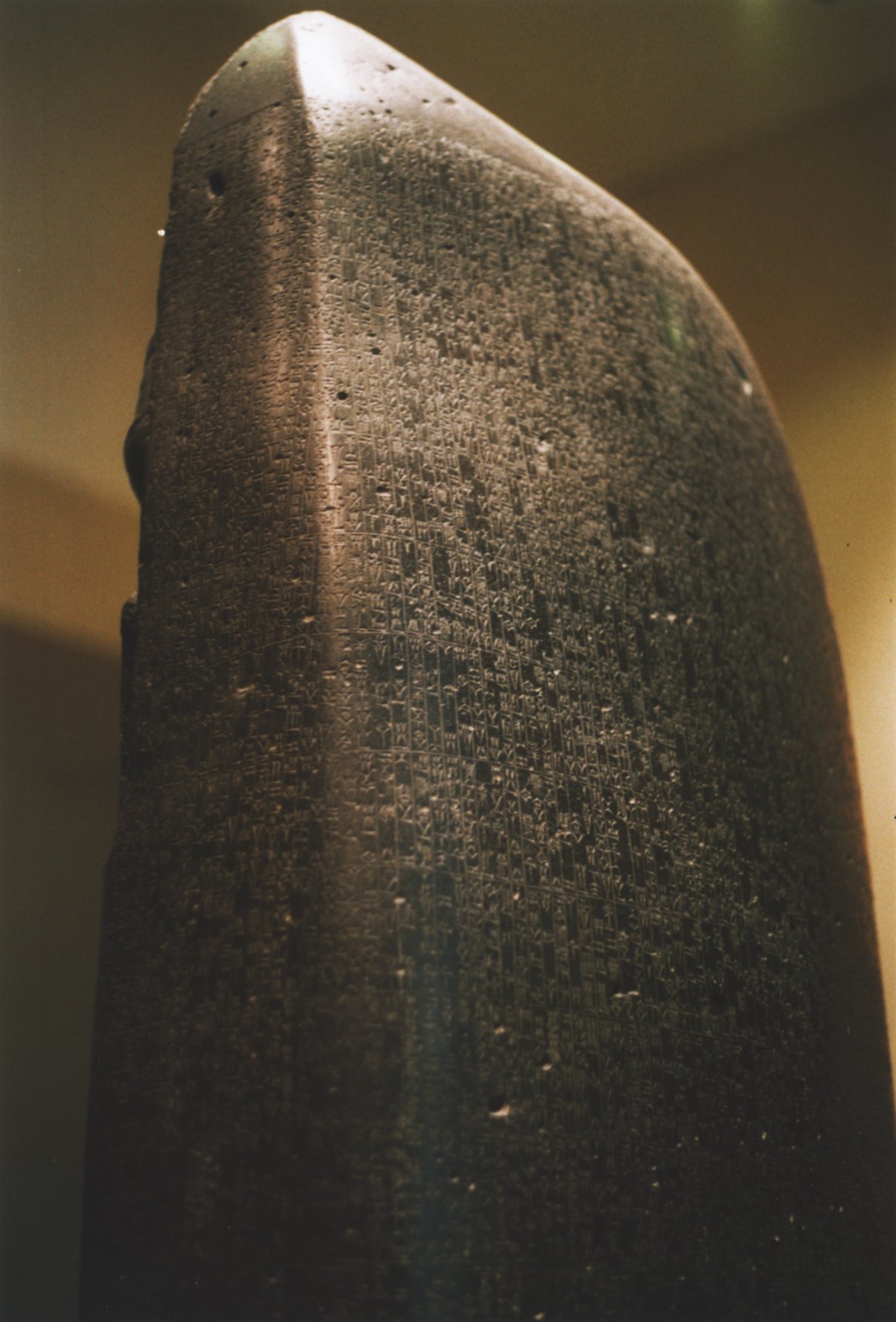Current event: http://answering-islam.org/Authors/Arlandson/retaliation.htm
Past event: http://www.fordham.edu/halsall/ancient/hamcode.asp
Past event: http://www.fordham.edu/halsall/ancient/hamcode.asp
Retaliation in the Hamurabbi and Sharia Code
Retaliation, sometimes called "an eye for an eye", makes up a large part of Sharia Laws. In Sharia Law the injured party can usually forgo retaliation. In situations were retaliation is not possible or workable Sharia Law frequently proscribes very harsh punishments. For example a thief might have his hand cut off for stealing something small if he can't make a payment satisfactory to the owner. One problem with retaliation is that the punishment is often irreversible. As an example if a suspected killer is executed and it turns out later he wasn't the killer then it's to late and an innocent man is dead. Sharia Law often makes compensation as alternative to retaliation. But if you are a poor person you are out of luck. Except for the death penalty almost all of western law has moved away from retaliation as a form of justice.
By writing down what will happen in different situations Hammurabi's Code tries to prevent injuries from escalating out of control. Before Hammurabi's code family members of the injured party often retaliated with greater harm than the original injury. For example retaliating to a slap with a knife. This would go back and fourth until great damage was done. Hammurabi's Code would try to prevent such disputes for escalating . The code specifies a number of penalties for different crimes, making the punishment predictable in an effort to reduce crime and keep the punishment appropriate to the seriousness of the crime. However for many crimes death was the penalty. Much of the code had to with the contracts, trade and dealing with slaves. The fact that Hammurabi's code was written down made it possible for the government to settle disputes instead of the two parties and to predict how the government would handle different situations as they arose.
Hammurabi's code is mostly remembered because it was the first formulation of laws which written down. Before the laws were written down they were subject to change at the whim of the ruler. An "an eye for an eye" is the most famous of Hammurabi's laws. Nowadays in most societies instead using the "an eye for an eye", the damaged party can do the following. One is be given money appropriate for the damage suffered. Second is to ignore the damage and do nothing. The third is to forgive the the other party. In some Muslims societies under Sharia Law "an eye for an eye" is still being practiced in some situations. In 2005, a Iranian court ordered a man's eye to be removed for throwing acid on another man and blinding him in both eyes. Hammurabi's "an eye for an eye" tried to limit escalating retribution but Sharia Law often seems to have forgotten this principle and calls for a hand to be cut off. It also calls for women to be stoned to death for what it says are capital crimes, such as adultery, but which are not crimes at all in most Western countries.


Citations:
- http://fc06.deviantart.net/fs6/i/2005/051/a/1/An_Eye_for_an_Eye____by_POLangevin.jpg
- http://upload.wikimedia.org/wikipedia/commons/5/58/Code-de-Hammurabi-1.jpg
- http://img2.imagesbn.com/p/2940013123205_p0_v1_s260x420.JPG
Current Event Article:
The law of retaliation in the Quran and early Islam
James M. Arlandson
Link:http://answering-islam.org/Authors/Arlandson/retaliation.htm
Ancient Article:
Code of Hammurabi, c. 1780 BCE
July 31, 2013-By: Claude Hermann Walter Johns
Link:http://www.fordham.edu/halsall/ancient/hamcode.asp


No comments:
Post a Comment